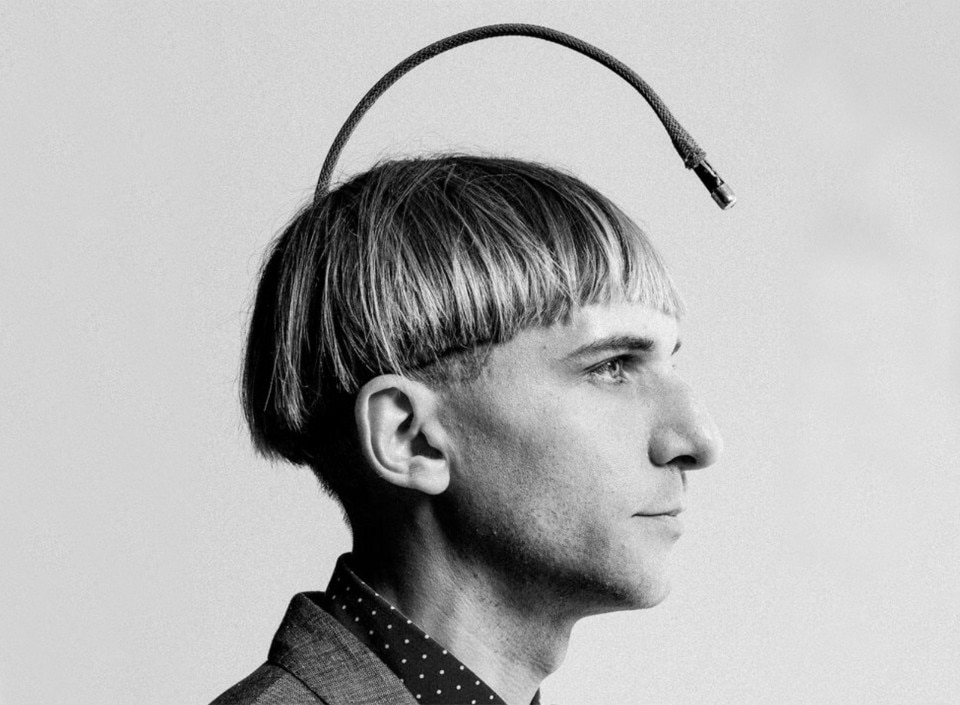“The secondary effect of hearing colour is that when I listen to music each note is related to a shade, so I can paint what I hear. I can also listen to food, compose music according to what I eat, depending on the food on the plate.”
Neil Harbisson and Moon Ribas are two cyborgs that started modifying their body in 2004. Harbisson, who was born colour blind, had developed over time a sensor to perceive colour waves through sound. With the help of scientists and higly specialized medical staff he has implanted it into his brain in the form of an antenna, like the one of insects. He is an artist, a musician, an activist for cyborg rights and can detect the sound of every colour, including infrared and ultra violet.
Ribas is a dancer and performer who wanted a closer connection to Earth. Her Seismic Sense is a sensor placed underneath her foot skin which allows her to perceive earthquakes that take place anywhere in the planet through vibrations in real time. She feels approximately 200 vibrations per day, something she calls “earth bit”.
They both promote freedom of expression through the modification of one’s body, with the implementation of new senses, in the realm of cyborg art. Domus met them at Design Indaba 2019 to better understand the state of the art of the cyborg movement, taking into account that, somehow, we are all becoming cyborgs, with smart devices at our fingertips, 24/7.
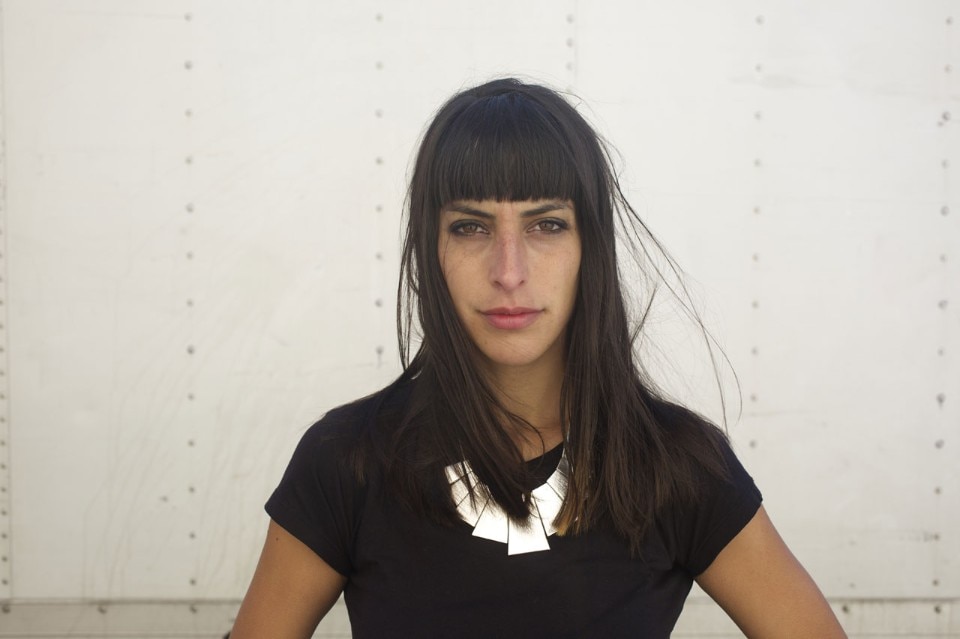
How are you powered?
Through induction.
The way you use technology is totally personal, artistic and it’s a free choice. How do you relate to mass technology like smartphones and similar gadgets that are part of an imposed market, subject to different logics and businesses?
Moon Ribas: Neil and I are not interested in technology itself, so we don’t care about new gadgets that come out or the sci-fi world in general: the technology world doesn’t fulfil us or interest us. We use technology as a channel to reach what really interests us, which is nature, the planet and art.
In this sense we are more “anti-technology” as technology takes us distant from nature. We found a way to do it the other way around. So, I guess I have a relationship like any other average person that uses it to survive in this society.
Neil Harbisson: The thing is that we don’t feel that we “are using” technology, we feel that “we are” technology. That’s the difference when we use the mobile phone or the antenna or the seismic sensors. With a mobile phone we are conscious that we are using it, while as for the antenna, I’m not conscious that I’m using it the same way as I am not conscious I am using my ears: they’re part of me.
Technology as a tool is a more conscious act of using technology. If you merge with technology, it disappears in a way. That’s the beauty: we are not feeling it anymore and then we can focus on nature instead of focusing on technology itself.
I also think that this technology you talk about is made for very practical uses, as to call someone, while having other senses is a complete different experience.
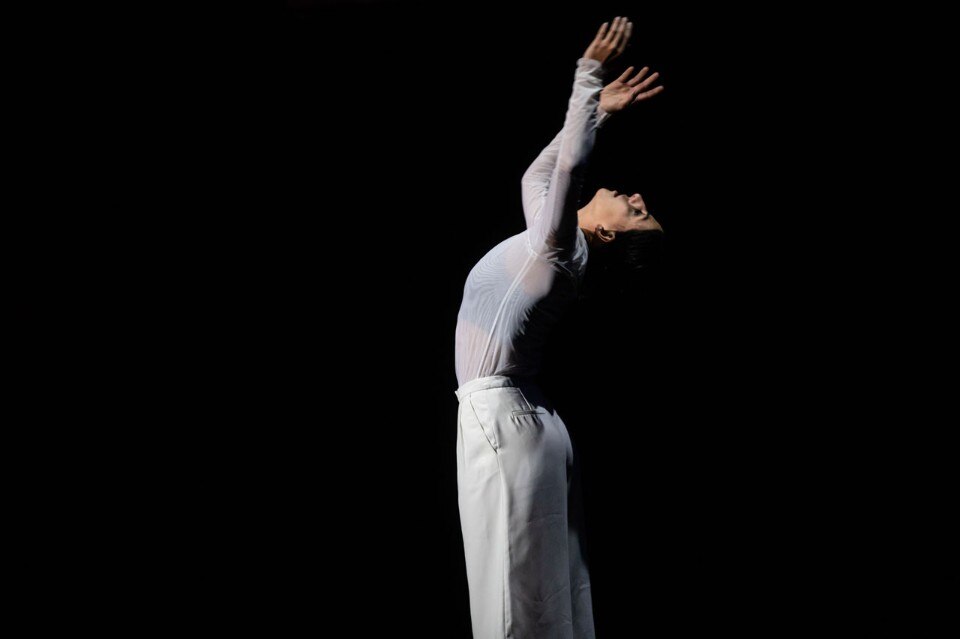
During the conference you mentioned new ways of living the city through these new senses, solving problems such as pollution and energy consumption. Can you take us deeper to this?
NH: Cities are the modification of nature in order for us – humans – to live better. I think that’s something that will change radically in the next decades because instead of designing the planet to live better, people will start designing themselves to live better.
For example, cities are filled with light because we have the problem that we can’t see at night, so I guess cities in the future won’t have all this artificial illumination because we will manage to find a way to have night vision embedded in our eyes.
Cities are filled with air conditioning to change the temperature of buildings, whereas in the future we will manage a way to regulate our own temperature so we won’t need to change the temperature of the Planet in order to live better.
MR: It’s more about understanding the Planet in a different way through these sensors. Now that I’ve been perceiving earthquakes for so long I think that it actually doesn’t make sense to build cities on the edge of a tectonic plate, it’s just a very dangerous place to live.
Once again, I say that we should learn from and admire other species, and how they live and adapt better to the Planet they live in, while we keep imposing our ways. Maybe with these sensors we could understand better how our planet works and the needs it has.
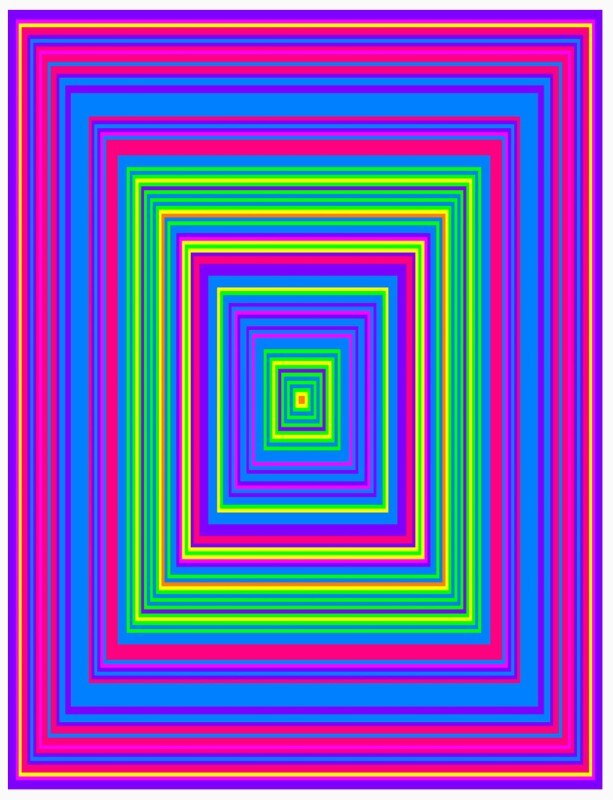
Which new senses are you planning to add? Are there limits?
MR: There is no limit. It’s a personal journey for everyone, I think, and it’s a constant evolution. I am now concentrating on the seismic activity of the moon. Feeling it in my feet.
NH: For me it’s the sense of time, feeling the rotation of earth in my body so to modify my perception of time.
How did the Cyborg Foundation come to life?
NH: It started in 2010. The aim was to help people who wanted to implement new senses and become cyborgs. On one side it wants to promote cyborg art as an art movement, and on the other it promotes cyborg rights, which means having the freedom to design yourself.
We’re running workshops in many universities around the world and presented the cyborg rights at the South by Southwest conference in Austin, and to the European Commission. We also opened an association called the Transpecies Society to give voice to non-human identities. Finally, we have a lab in our studio in Barcelona where we create new “senses”.
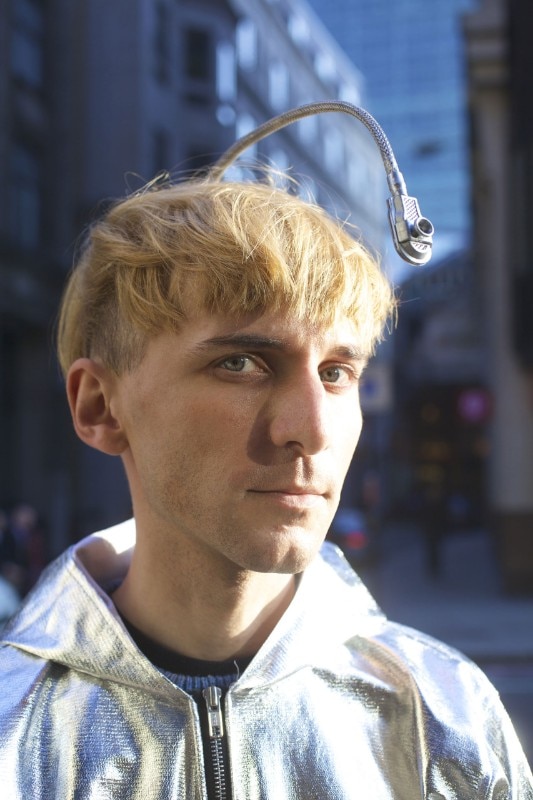
What has been the response of society so far?
NH: The reactions changed much. I started going out on the streets with an antenna in 2004, so I have experienced social reaction for 15 years. In 2004 there was no conversation about this subject: nowhere to talk about these things. If I was invited to an event like this (Design Indaba, eg) there wouldn’t have been connection, people would have found it too weird. It was too strange, they thought it was not true. Many people would say it was impossible to hear colours.
MR: What has changed is the way people trust or believe in technology. When we started, there was no Facebook, no Instagram; mobile phones had no cameras. It was still all about computers, basically, so wearable technology did not exist. It wasn’t a subject.
NH: In 2012 it became more of a subject because people had mobile phones with internet in their pockets, so they started thinking about “technology to wear” and saw us as an example of merging technology with the human body. Today it’s ok to use technology for medical reasons, but young generations accept to experiment more within society, not just for medical needs. As technology has become part of our everyday lives, people want to explore it and are more eager to talk about it.
We don’t feel that we “are using” technology, we feel that “we are” technology
MR: I remember the first time Neil had the antenna implanted, we thought “Wow in three years everyone will have it”, but today people still sees it weird. Sometimes you feel it’s going to go faster than it actually is.
NH: In 2004 we thought that five years later many people would have new organs and new senses. But it didn’t happen, and now it’s still not normal, people are still not physically merging with technology. They are psychologically merged with it, though: many people talk about their phones in first person, for example they say “I am running out of battery” instead of saying “my mobile phone is running out of battery”. This means that they are including technology as part of their identity, or at least their life, but still not part of their bodies.
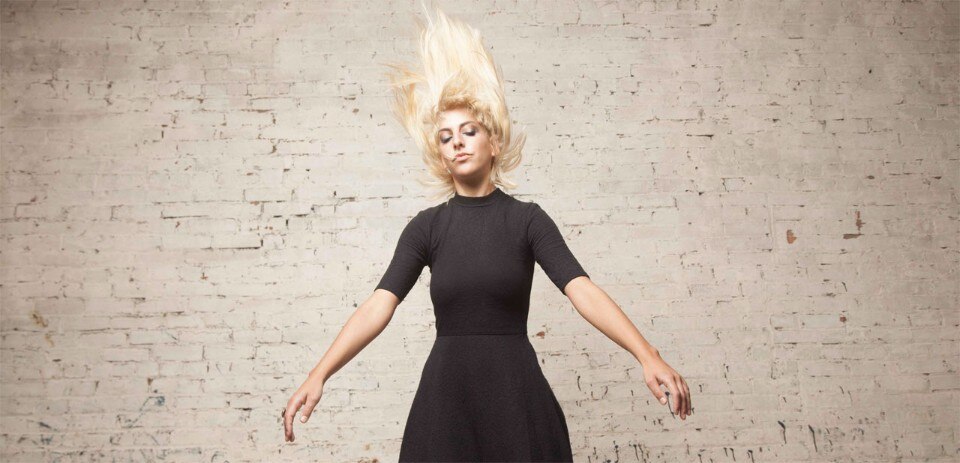
What are the ethical weaknesses of becoming a cyborg? You are driven by art and nature, but that’s you. Another cyborg could have completely different motivations that could be harmful for others...
NH: It’s a personal choice, we would never do anything to another human being, or animal. It should be something that everyone does in their own choice, and yes that’s why we are working on the cyborg rights, to protect yourself. It’s not much about what you get, but about how to use it. Everyone has eyes, but then there’s regulations on what you look at: that doesn’t mean you don’t get the eyes. I don’t think there are limits, the only limitations is how you use it.
What are these cyborg rights?
NH: They’re online if you want to have a look at all of them (cyborgfoundation.com, eg.) they were written with Richard MacKinnon and feature five fundamental points, but is still an open document. I will mention a few, like the freedom to design ourselves and the right to own any technology that you have merged in your body. Otherwise companies would be allowed to own a part of your body, and, if someone damaged your antenna, the jury in court would say is a damage of property and not physical aggression. So, we want to defend these pieces as body parts, not as devices. Then, the right to decide who can enter your mind, because we have internet in our bodies so if someone hacks us there is no protection really. We should be free to decide who is allowed to enter our internet-connected sense.
How is legislation responding?
NH: We are invited to law conventions. There is more awareness and we’ve been invited by many different countries: the UAE Artificial Intelligence Ministry invited us to talk, we’re part of a commission in the European Union talking about robot laws. Governments are starting to talk about it. They’re ready. Some countries are more prepared than others.
Opening image: Neil Harbisson, photo Hector Adalid


